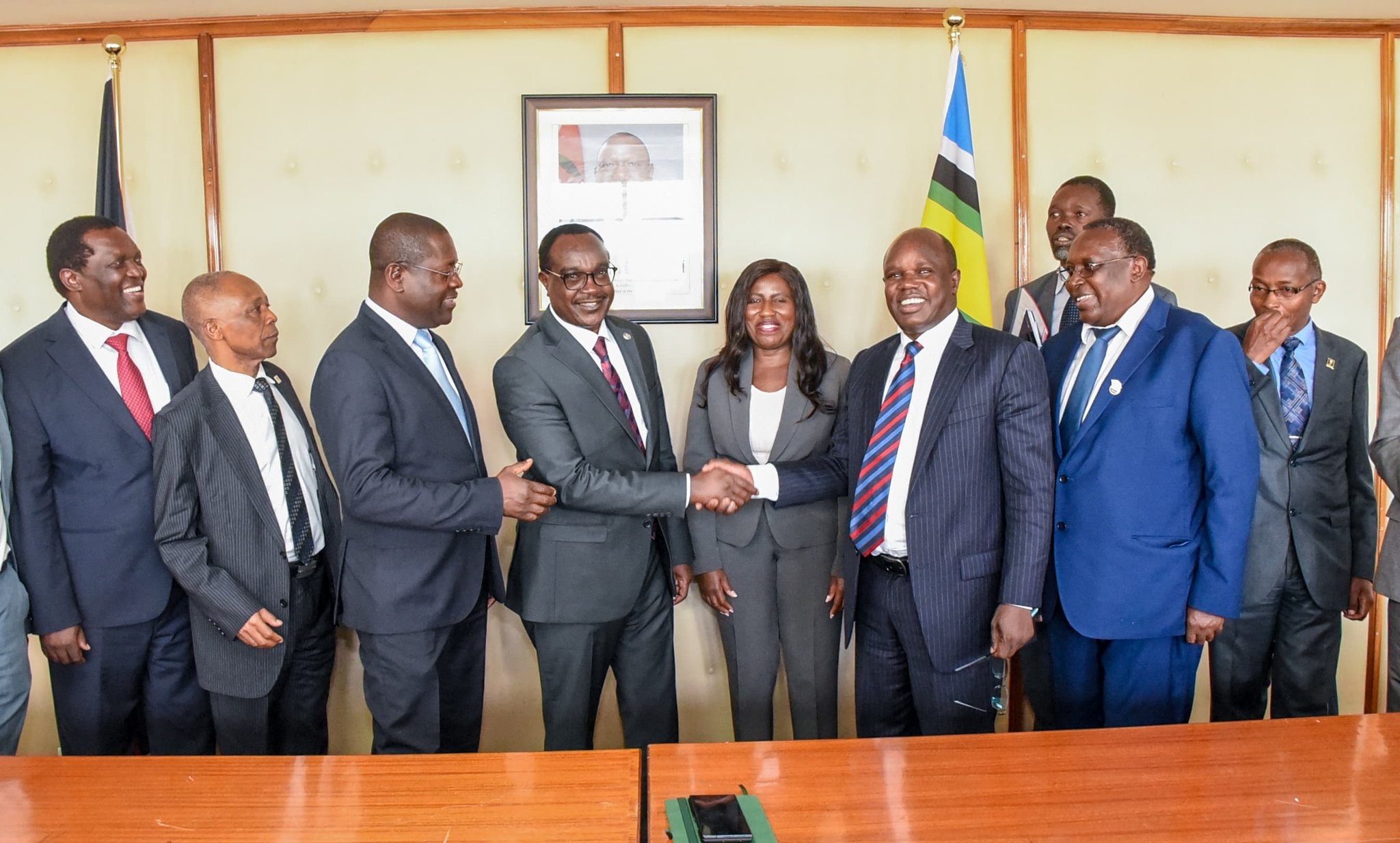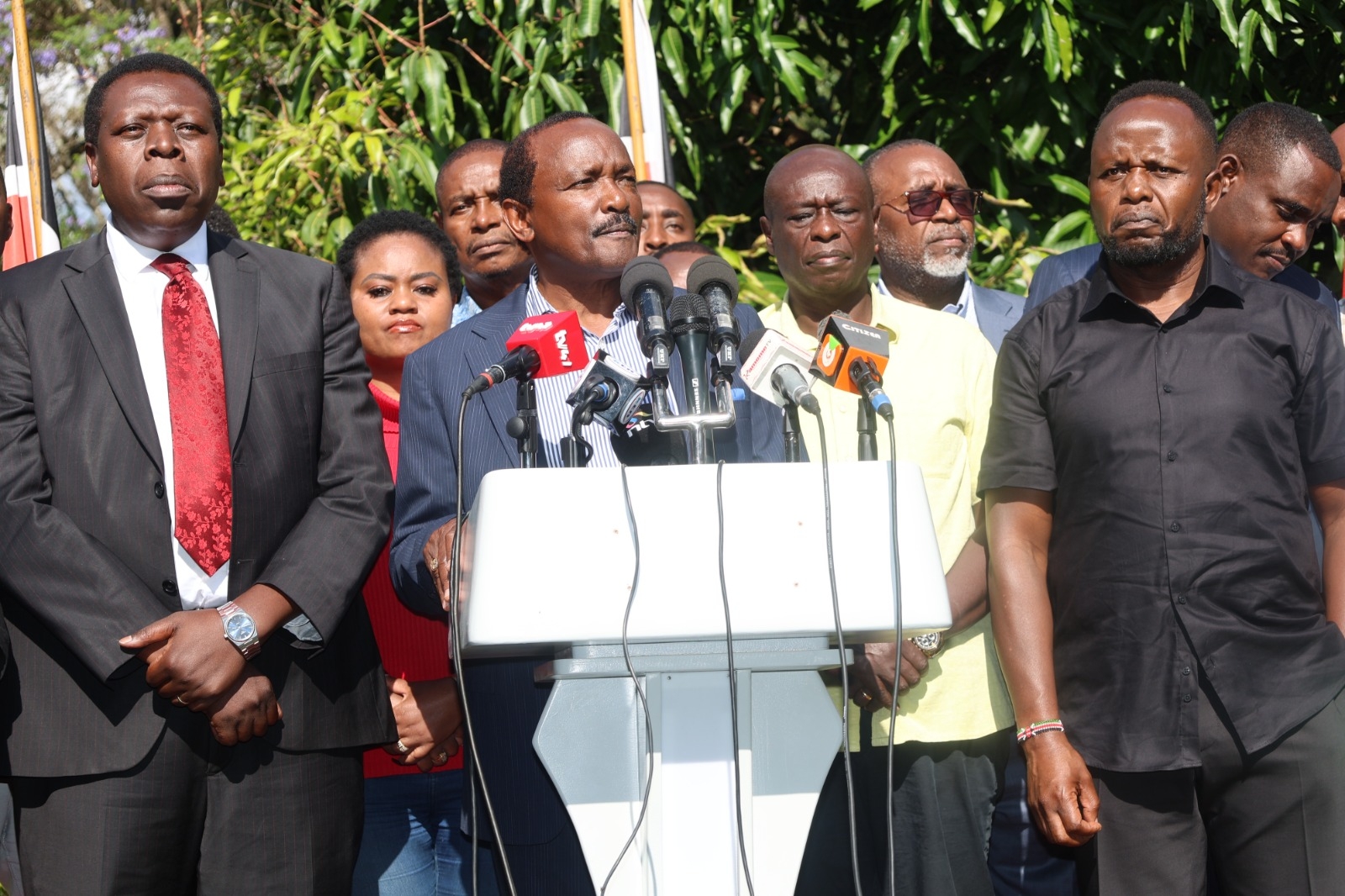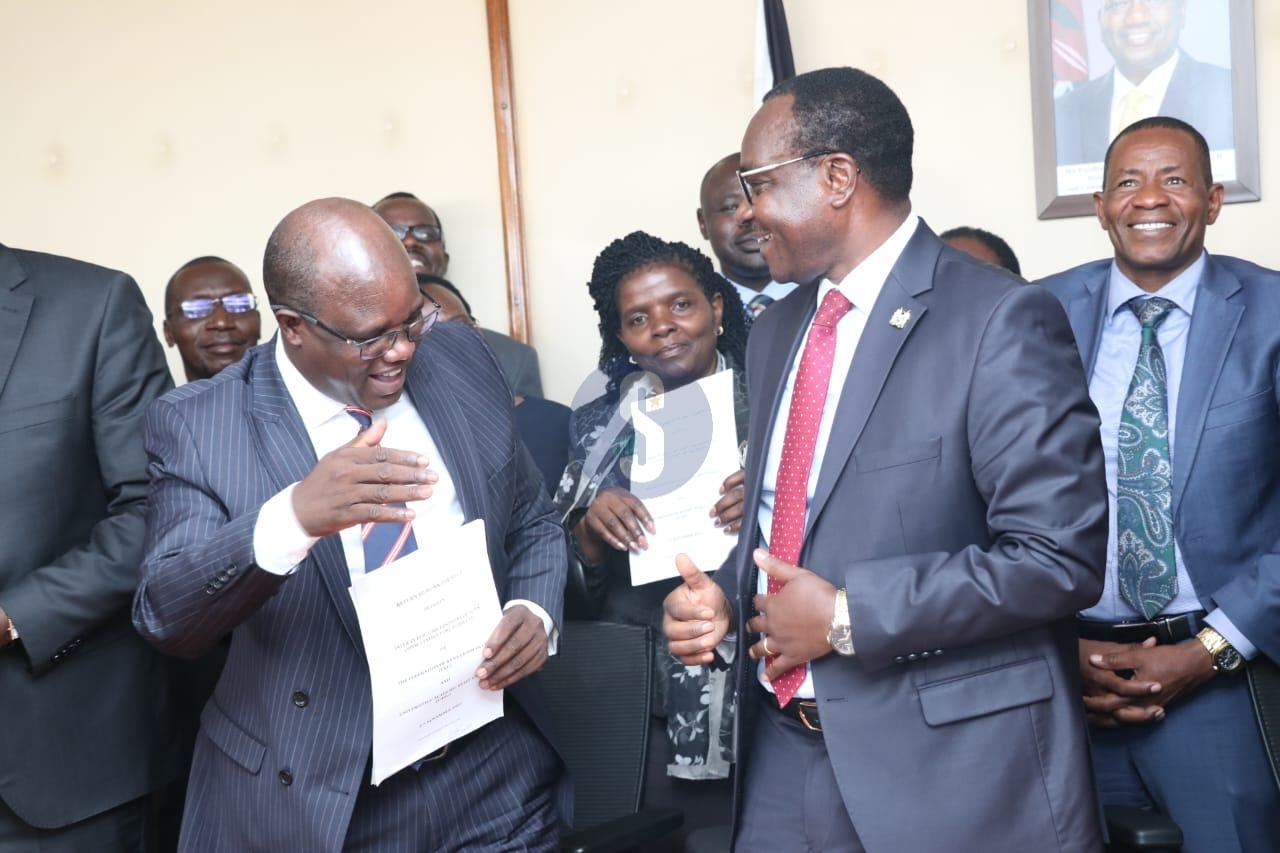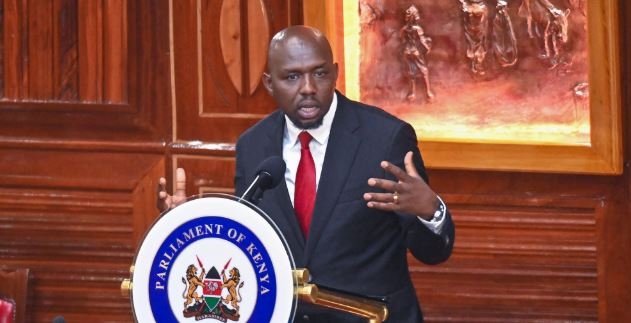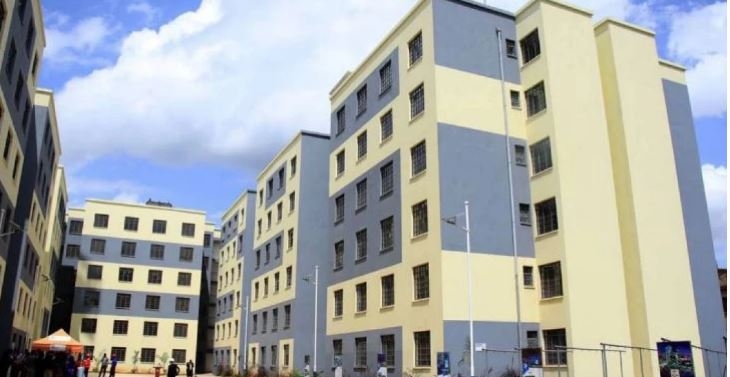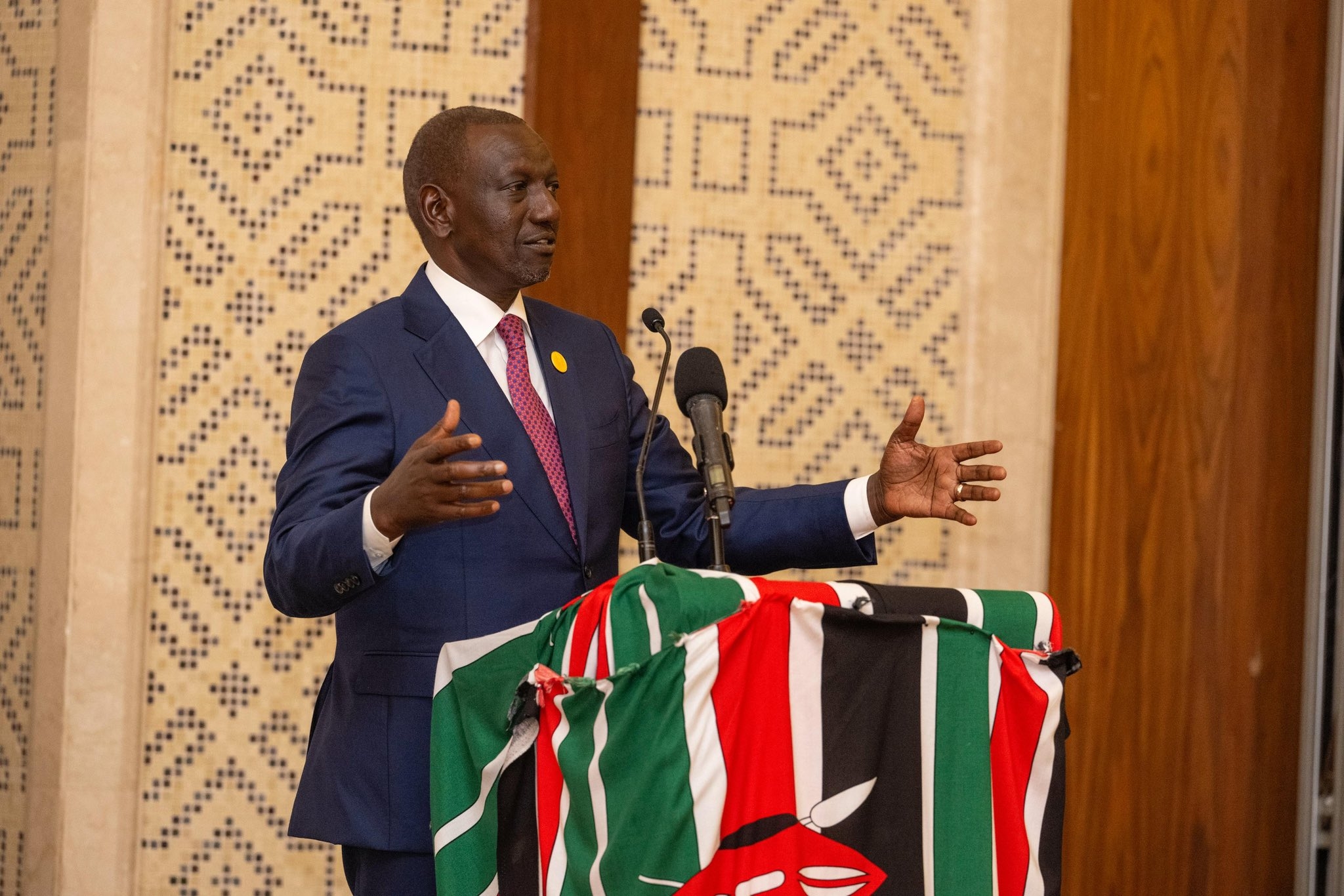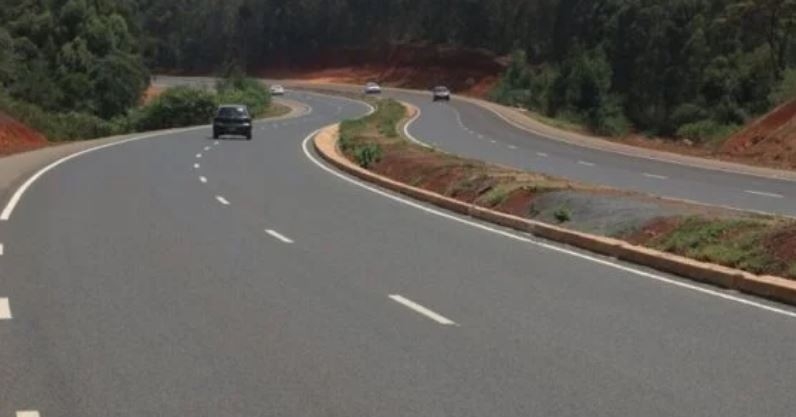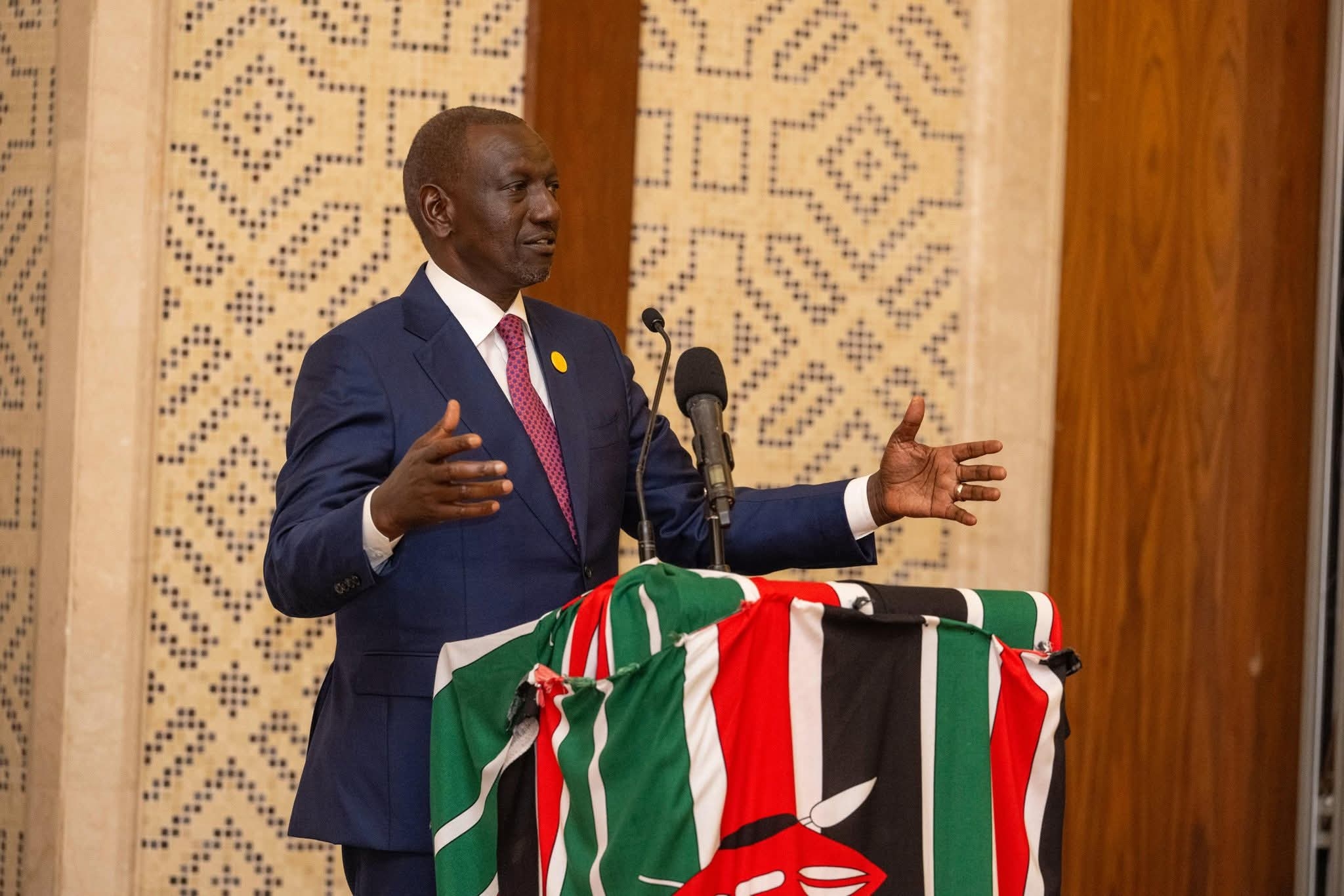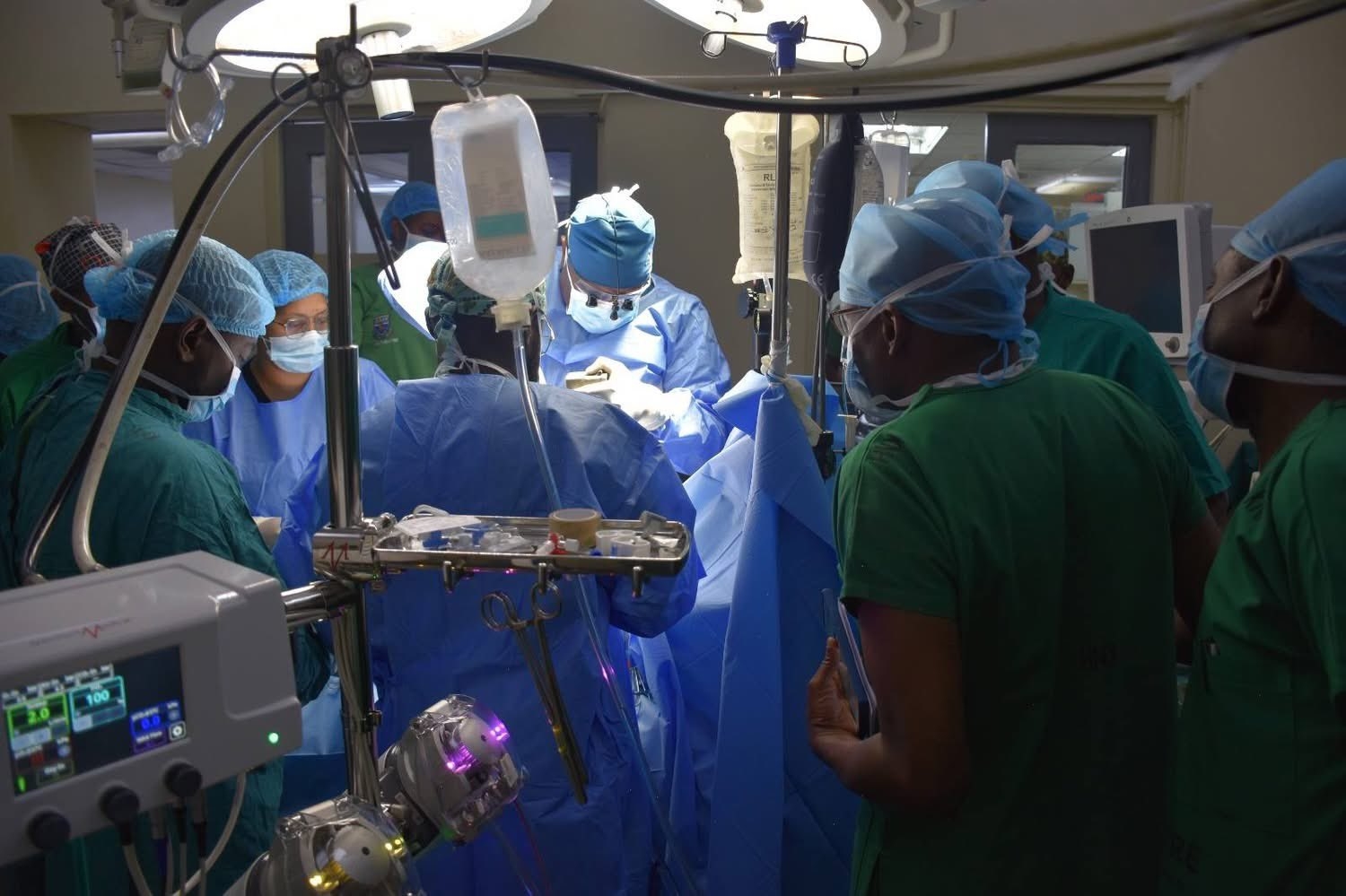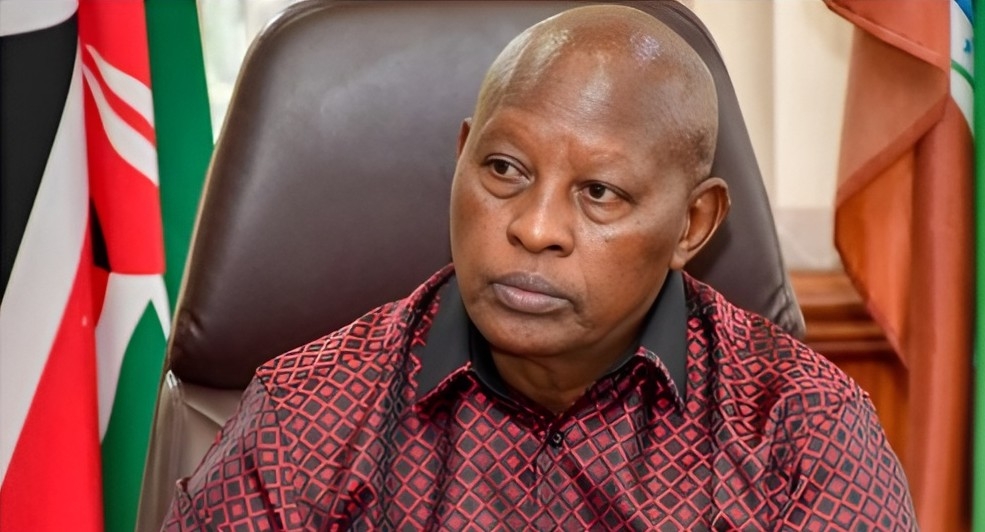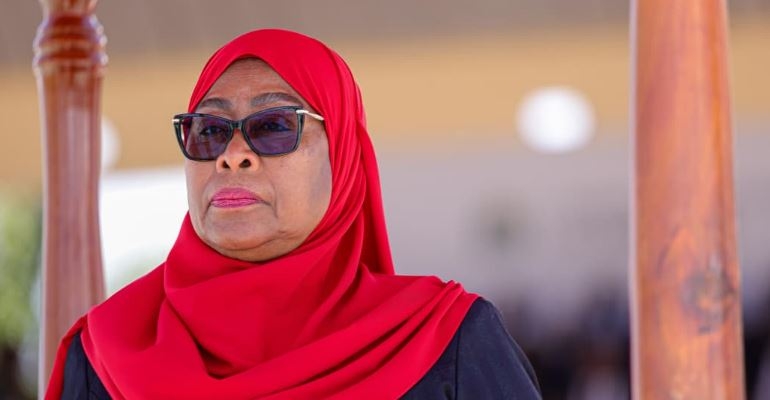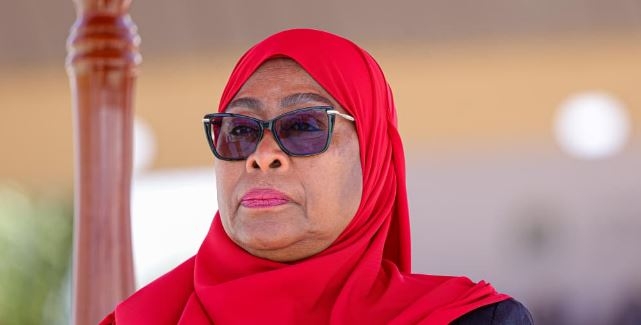BY MARVIN SISSEY
In Kenya, we have one of the most naturally blessed countries in the world.
With stunning landscapes ranging from mountains and savannahs to rivers and lakes, we are fortunate to possess an unrivalled diversity of flora and fauna.
But while nature has gifted us generously, our management of these resources leaves much to be desired.
Time and again, visitors to our national parks and reserves are confronted with the sad reality that the potential of these attractions is woefully underexploited.
I used my Mazingira Day holiday on October 10 to hike Mt. Ol Donyo Sabuk, or "Mt. Kilimambogo" as it’s known locally, and it was a stark reminder of the dire situation on the ground.
Hidden just beyond the pineapple plantations near Thika, this mountain offers breathtaking views and an invigorating 9-kilometre ascent hike.
But while the physical landscape impresses, the experience is undermined by a glaring lack of value addition and poor service delivery, typical of most of our parks.
From the outset, the experience at Ol Donyo Sabuk is fraught with frustrations.
The dusty road leading to the park doesn’t inspire confidence. I am informed that the bridge leading the park recently caved in to the floods and it’s barely been touched up.
There is the famous 14 Falls barely a stone's throw from the park but even that it is not well marked and the potential for a full tourist circuit is lost.
The dusty market nearby with a few lined shops doesn’t express itself as a surrounding sharing the economic exploits of what may otherwise be a booming tourist attraction.
Upon arriving at the gate, visitors are promptly asked to pay their fees via the eCitizen portal.
The government recently constituted a single government paybill policy, which like many other policies of this government, seems like the execution came before the think-through.
Unfortunately, there's no clear communication about online payment options, and although free Wi-Fi is available,( as I came to discover later), no one informs visitors of this.
You’re left to struggle with spotty mobile connections as you attempt to pay, unnecessarily delaying your entry.
This inefficiency could easily be mitigated with basic customer service training and better communication.
Once inside, there's little guidance for newcomers.
No mention of hiking guides or trail markers.
For those unfamiliar with the area, you're left to figure it out on your own.
There are no maps, no brochures, no historical context offered about the mountain or its notable features, such as the gravesite of Lord William Northrup McMillan, a significant historical figure.
These omissions rob visitors of a richer, more educational experience.
Contrast this with my prior experience at Table Mountain in Cape Town, South Africa, and the stark difference becomes painfully clear.
Table Mountain, like Ol Donyo Sabuk, is a natural marvel.
But Cape Town has mastered the art of creating a world-class tourist experience, one that ensures visitors not only enjoy the attraction but also contribute to the local economy.
From the red open-top tour buses that transport tourists to the cable cars that whisk you to the summit, everything is designed to enhance the visitor's experience—and to encourage you to spend.
At the top of the mountain, you’ll find well-curated viewpoints, well-manicured tracks, restaurants, and shops filled with memorabilia.
Every moment is an opportunity for engagement and enjoyment, and every aspect of the visit is capitalized to generate revenue.
In Kenya, this type of value addition is sorely lacking.
Despite the magnificent natural attractions, there is little to no effort to enhance the tourist experience or to encourage visitors to spend more beyond the entry fee.
At Ol Donyo Sabuk, for example, the summit could easily be transformed into a vibrant tourist hub. Instead, it’s a flat, empty space with nothing more than telecom towers ( with spotty telephone signal) to mark the achievement of reaching the peak.
There’s no restaurant, no viewing platform, no educational materials—just a resting bay that leaves one underwhelmed.
Even the summit board area, needs some sprucing up.
This missed opportunity is not unique to Ol Donyo Sabuk.
Across Kenya’s national parks, there is a pervasive lack of investment in tourism infrastructure and services.
Our parks are treated as mere scenic backdrops, rather than as dynamic tourist destinations that could generate more revenue and offer better visitor experiences.
Visitors are not encouraged to linger, explore, or spend.
Once inside, there’s often little more to do than take a quick hike or drive through, before leaving with little more than some dusty shoes and a few photographs.
By comparison, Table Mountain is a prime example of what can be achieved with thoughtful investment and strategic planning.
Every aspect of the tourist’s journey is designed to enhance their experience and maximize revenue generation.
And it’s not just about making money—value addition makes the attraction itself more enjoyable, memorable, and worthwhile.
The result is a win-win: tourists get a richer, more fulfilling experience, and the local economy benefits from increased spending.
Kenya's failure to invest in its tourism infrastructure is a tragedy, especially when we consider the immense potential that lies in our natural resources.
With just a little more effort, we could vastly improve our parks and reserves, making them world-class attractions that draw visitors from around the globe.
Simple measures—better customer service, well-maintained trails, informative signage, restaurants, gift shops—could transform a visit to a park like Ol Donyo Sabuk into a truly memorable experience, one that encourages tourists to return and recommend the destination to others.
As it stands, we are squandering the potential of our tourism sector.
We must recognize that natural beauty alone is not enough; value addition is essential if we are to truly realize the full potential of our resources.
By investing in our parks and reserves, we can not only improve the experience for visitors but also boost our economy.
It’s time to stop treating our parks as afterthoughts and start treating them as the treasures they are.
Marvin Sissey, the CEO 360 Group, is a Communications Strategy consultant.


